The Via Francigena includes a bundle of routes that extend for about 1800 km from Western Europe to central Italy, especially Rome . From the Italian capital, then, the road continues to Puglia where pilgrims and crusaders embarked for the Holy Land . In the Middle Ages, the pilgrimage to Rome to visit the tomb of the Apostle Peter was one of the three peregrinationes maiores together with the journey to Santiago de Compostela and the one to the Holy Land .
The Via Francigena has very ancient origins , the first documents that mention it date back to the 9th century and speak of a stretch of road in the Chiusi countryside, in the province of Siena . The name of the street is mentioned for the first time in the Actum Clusio , a parchment kept in the Abbey of San Salvatore , on Monte Amiata dating back to 876.
Even in Rome there are finds that attest to the existence of the Via Francigena from the very beginning. On the Via Appia Traiana , in Troy , it is attested in the Privilegium Baiulorum Imperialum dating back to 1024.
Even today, the stages of the Via Francigena in Italy are traveled by tourists, but also by locals who embark on a long journey to discover the beauties of the peninsula .
Via Francigena, the stages from Massa to Siena
The first route of the Via Francigena which extends throughout the Tuscany region is called the Sigerico itinerary , it starts in Massa and ends in Siena. One of the first stages starts from the Aghinolfi Castle which runs along one of the most beautiful panoramic roads in the region .
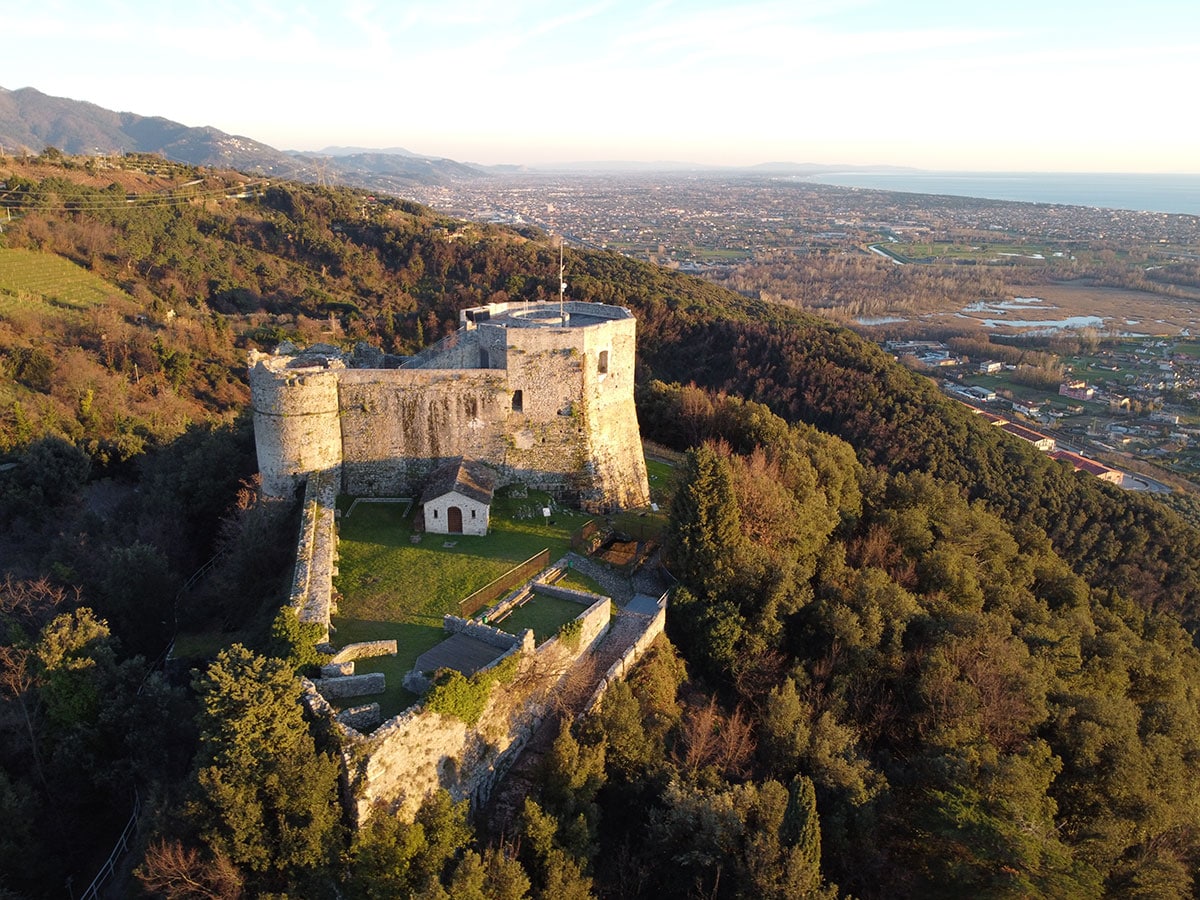
After a few kilometers you reach Pietrasanta , thus arriving at the "Little Athens of Italy". The nickname derives from an ancient tradition which sees artists from all over the world arrive in the area to visit the ancient Pieve di S.Giovanni .
Continuing for a few more kilometers you will reach Lucca . Here, history lovers will enjoy the view of the many palaces and religious centers .
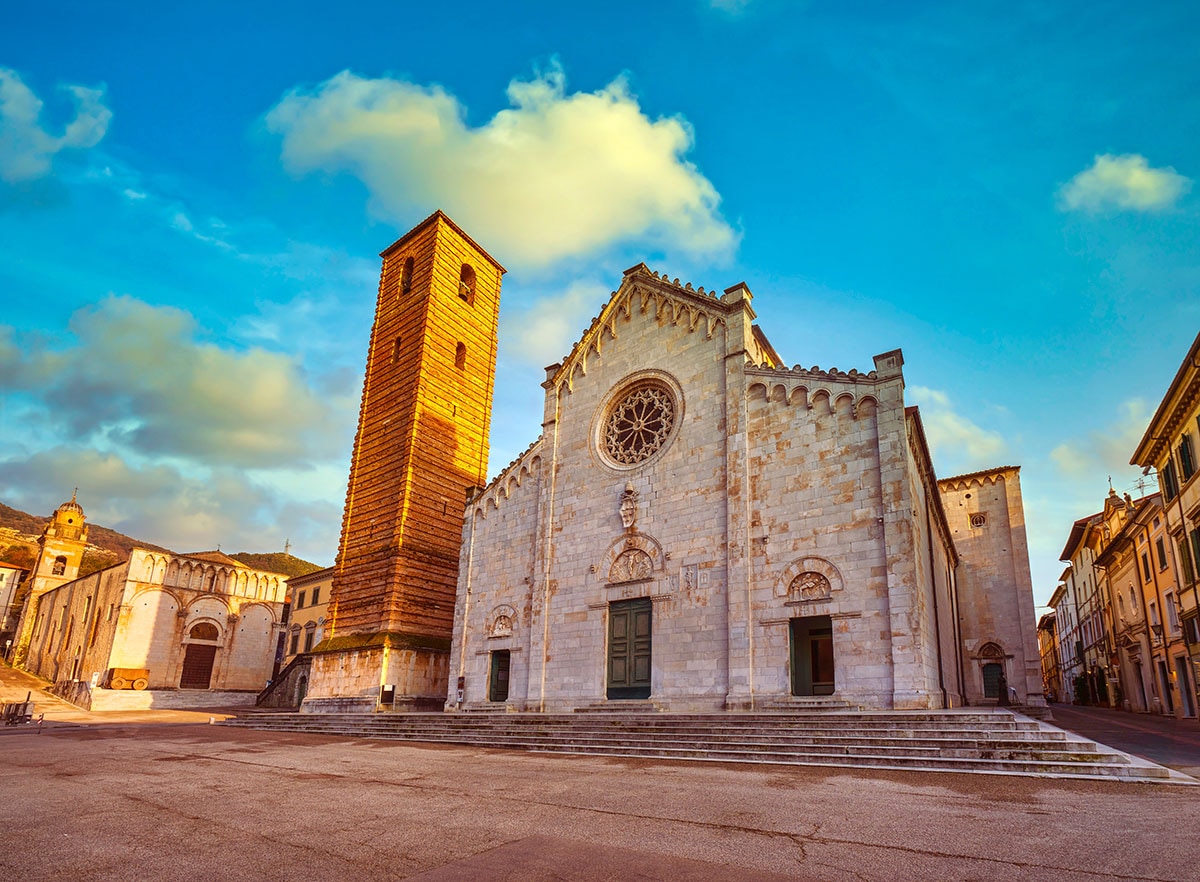
The route extends along the city walls reaching the amphitheater of Lucca , the Pieve di Capannori and the Abbey of Pozzeveri . In these centers it is possible to refuel and rehydrate before making the journey south again.
A few kilometers later, you will meet a beautiful but very challenging stage especially due to the lack of refreshment points. This is San Miniato from where you can take a wonderful route on the hilly ridges of the Val d'Elsa .
Along this Sigerico route it is possible to come across two Submansiones : the Pieve di Coiano , where you can find a fountain to refuel, and the Pieve a Chianni , where a charming hostel has been created where you can stop to rest.
Immediately after the stage in San Gimignano , it is possible to choose between two variants of routes : the one that continues towards Badia a Coneo, Gracciano and then to Strove where you can visit the beautiful and romantic Pieve or you can choose to shorten the journey by about 3km passing for Colle Val D'Elsa , where you can stay overnight and visit the historic centre.
What to see in Massa
Before setting off towards the long Sigerico route , it is worth stopping for a few days in Massa to visit the beauties of the city. Capital of the province of Massa Carrara and very close to the city of Carrara, Massa has very ancient origins and reached the peak of its beauty when it was the capital of the Duchy of Massa and Carrara , under the dominion of the Malaspina and Cybo Malaspina families.
There is certainly no shortage of things to see in Massa, here are some ideas to make your stay even more pleasant :
· Cathedral of Massa : at the top of a stairway adjacent to the main square of Massa , stands the Cathedral of Saints Peter and Francis . The Cathedral has a marble facade with two orders of neoclassical loggias built in 1936. Inside there are numerous works of art including the fifteenth-century baptismal font and a fragment of the fresco of the Virgin Enthroned with Child by Pinturicchio .
· Piazza Aranci : it is the main square of Massa , dating back to the 19th century. It was enlarged by Elisa Baciocchi to plant orange trees , hence the name. The obelisk was also erected in the mid-19th century . The square has three sides, one of which is occupied by the majestic Palazzo Ducale .
· Palazzo Ducale : seat of public offices, it can still be visited in part today. Inside, among the main rooms, the Salone degli Svizzeri, the Salone della Resistenza and the Salone degli Stucchi stand out . The style with which it was built is identified with a Renaissance and Baroque , from the central courtyard you enter the so-called nymphaeum , a garden in which there is a fountain decorated with a statue of Neptune riding the waves.
· Piazza Mercurio : not too far from Piazza Aranci, you can visit Piazza Mercurio. Until not long ago it was known as Piazza del Pozzo , due to the presence of a well in the centre. The square is surrounded by many colorful buildings, including the Bourdillon Palace and the Church of San Giovanni Decollata . Today it is the seat of the main market and a meeting place in the historic centre .
· Castello Malaspina di Massa : to reach it you can take a route along the Via Francigena. The castle stands on a slope of Piazza Mercurio . In 1442 the Malaspina family had the castle built on a pre-existing fortress , distorting its structure. The castle is an unmissable stop, it also houses the Malaspina museum .
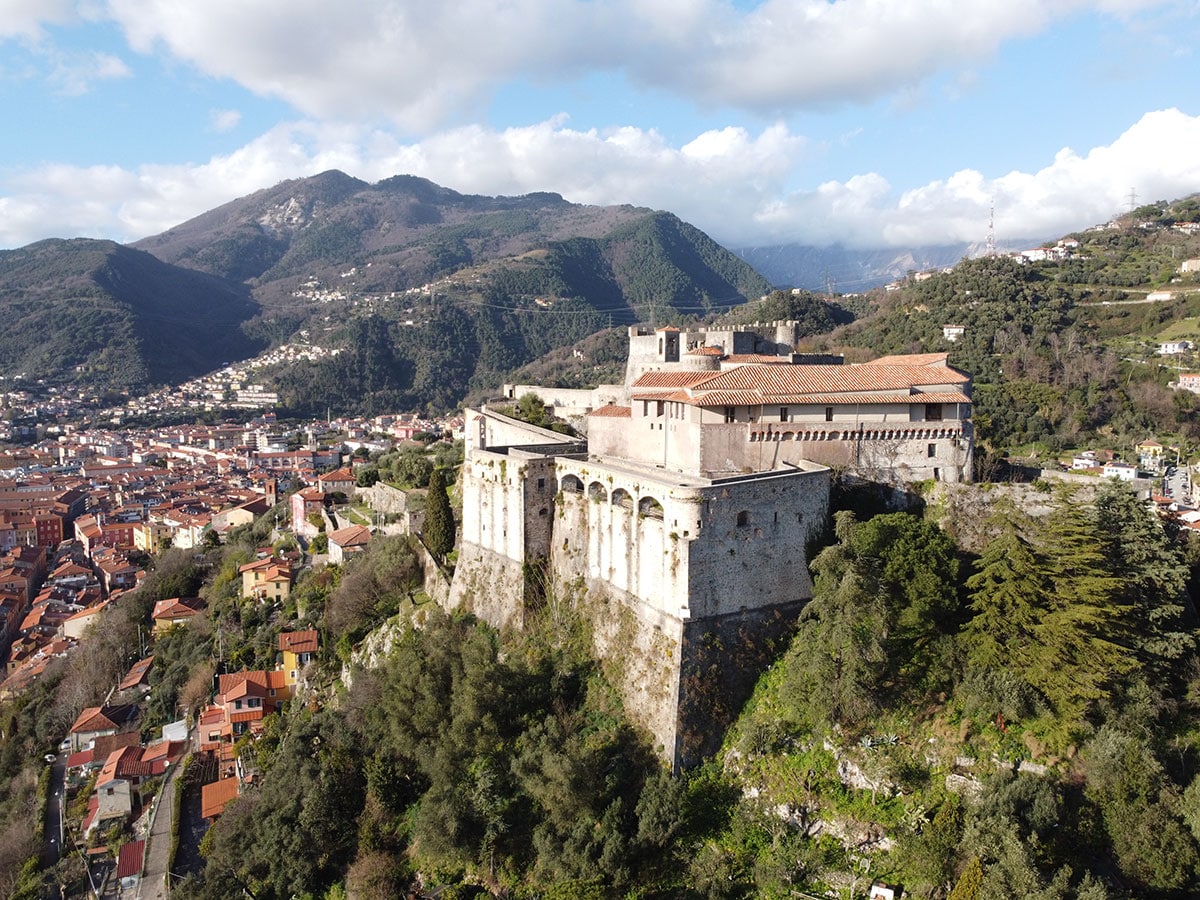
· Martana air - raid shelter : Massa is also home to a piece of contemporary history . During the Second World War , Massa was positioned on the Gothic Line and between 1944 and 1945 the city was bombed by the Anglo-American army. In anticipation of the war, in 1942 bunkers were built to protect the population , among these there is the Martana anti-aircraft shelter right near Piazza Mercurio. It is one of the few that can still be visited in Tuscany , 400 meters long it is entirely dug out of the rock and once housed thousands of people.
Via Francigena, stages in Tuscany: from Monteriggioni to Siena
Leaving from Monteriggioni you can easily get to Siena , one of the main stages of the Via Francigena. To get there you will have to travel along the dirt roads passing through the Montagnola Senese , towards Cerbaia : an ancient medieval village, today, unfortunately, in a state of abandonment .
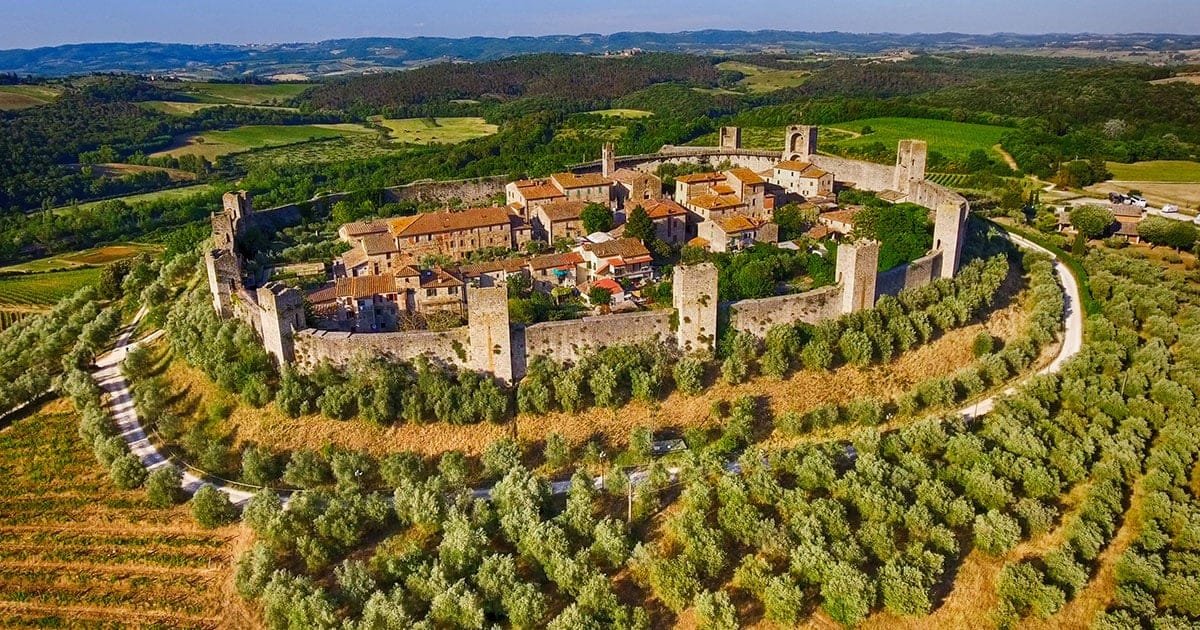
During the walk you will come across the bush up to the Castles of Chiocciola and Villa , and then descend towards the reclaimed bed of Pian del Lago . On the way to via dell'Osteriaccia , it is advisable to stop at the Hermitage of San Leonardo al Lago , on Lake Verano . The interior is divided into three bays covered with a cross vault and it is possible to admire the frescoes by Lippo Vanni . In the former refectory there is a fragmentary but very valuable fresco with the Crucifixion by Giovanni di Paolo del Grazia , dating back to 1445.
After the break, continue towards the Renai forest before arriving at Porta Camollia , the traditional Francigena access to Siena . Before arriving, remember to stock up on supplies , as there are no refreshment points in that area.
What to see in Siena
Once you reach Siena , it is impossible not to stop for a few days to visit it . There is no shortage of historical and tourist attractions. Perfect for medieval history buffs , a walk in Siena will let you admire breathtaking beauties . Here, then, is a list of wonderful things to see in the city :
· Piazza del Campo : historically and physically the center of the whole city, the construction of the square dates back to the XIII century at the behest of the "Governo dei Nove" . It is considered one of the most beautiful squares in the world and from the top of the Torre del Mangia you can admire its shell shape with 9 segments .
· Palazzo Pubblico : place of political power par excellence , all the rulers of the city resided in the Palazzo Pubblico. During its construction, the Government of the time issued an edict which obliged the owners of houses near Piazza del Campo to build palaces in stylistic coherence with the Palace itself. Inside you can admire the Civic Museum of Siena which houses the frescoes by Ambrogio Lorenzetti .
· The Torre del Mangia: takes its name from Giovanni di Duccio, the first keeper of the Tower who spent all his earnings eating in Sienese taverns. The citizens had renamed it Mangiaguadagni , hence the name of the 88-metre-high building from which you can admire Piazza del Campo, the Duomo and the surrounding hills.
· The Cathedral of Siena: the Church is dedicated to Santa Maria Assunta and is the main place of Catholic worship in the city. Dating back to the Roman-Gothic period , it has a mighty white marble facade. Inside, the floor is full of esoteric symbols and religious tales, there are traditional Sibyls, but also the Massacre of the Innocents, King David and the life of Moses . From the left aisle opens the Piccolomini Library , frescoed by Pinturicchio .
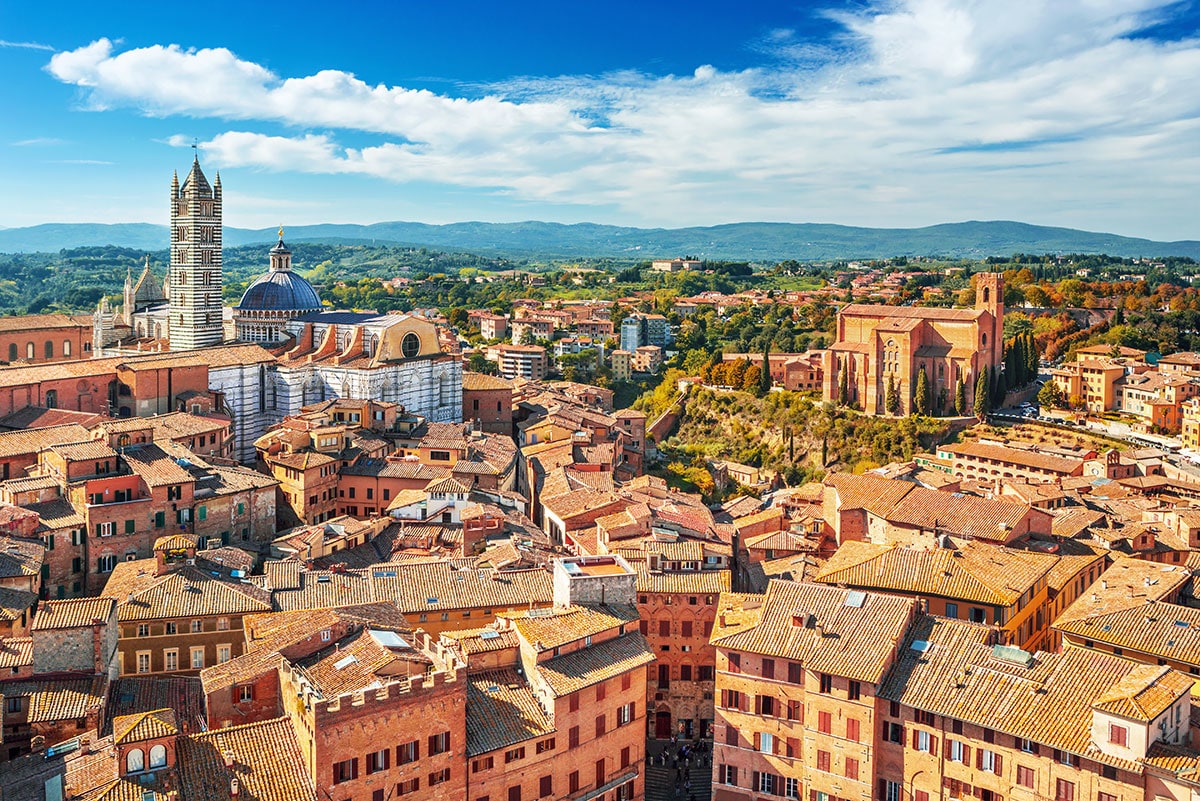
· National Art Gallery : art history buffs can visit the most important state museum in the city. On the first floor, you can find works from the first half of the 16th century signed by Domenico Beccafuni and Giovanni Antonio Bassi . Going up, the second floor is dedicated to Sienese painting of the fourteenth century, among which you can find works by Duccio Di Buoninsegna, Ambrogio Lorenzetti and Simone Martini .
Via Litoranea: the first stage from Monte Sant'Angelo
The beginning of the route of the Via Francigena passing through the Litoranea begins in Monte Sant'Angelo , at the start you can decide whether to take the historical route or proceed with the typical map . After about 13km you will arrive in Manfredonia , the town is very pretty and overlooks the sea. You will be able to take a short break by visiting the historic center full of small shops where you can buy typical local handicrafts . There are also historical attractions: here you can admire the Swabian Castle built in 1256 commissioned by the Spanish king Manfredi. The castle now houses the National Archaeological Museum . In the city, you will also come across the Cathedral of San Lorenzo Maiorano whose relics are kept inside.
What to see in Foggia
An intermediate stop to take into consideration before reaching the end of the via Litoranea is certainly Foggia . The town is alive, explosive and overwhelming, full of attractions and experiences typical of the peninsula. Busy streets , colorful squares and ancient buildings , in Foggia you can really find everything. Here's where to start:
· Church of the Beata Vergine Assunta in Cielo : the construction of the so-called Cathedral of Foggia dates back to 1170. Originally in Roman-Apulian style , it was restructured in Baroque style after the 1731 earthquake. Known for its crypt, inside are exhibits the bowl-shaped dome and a beautiful Latin cross . Externally it is possible to admire the bell tower stone with spire crowning.
· The Hypogea : you can admire the peculiarities of Foggia even in the basement. The subsoil of the historic center houses the hypogea and cellars which, at the time, were used to get to the famous Royal Palace where Federico II stayed.
· Palazzo Dogana : hub for the livestock trade, historically it housed the Royal Dogana of the Mena delle Pecore , today it is the seat of the Province of Foggia and of the Gallery of Modern and Contemporary Art .
Church of the Crosses : also called Cappellone delle Croci , it is one of the most beautiful monuments in the city. To get to the entrance, you will be able to cross a beautiful garden and admire the perspective play that the lines of the monuments form.
· Villa Comunale Karol Wojtyla : 1,000 meters long by 50 meters wide, it is positioned as the second largest municipal villa in Italy. The park was restored in 1824 by the architects Luigi Oberty and Camilo De Tommaso, the project was completed three years later with a pronaos of 28 columns.
· The building of the Aqueduct : built in 1926, it is one of the symbols of the city . It takes its name from the Apulian aqueduct and is basically made up of two parts that join internally to form a triangle inside which there is a garden .
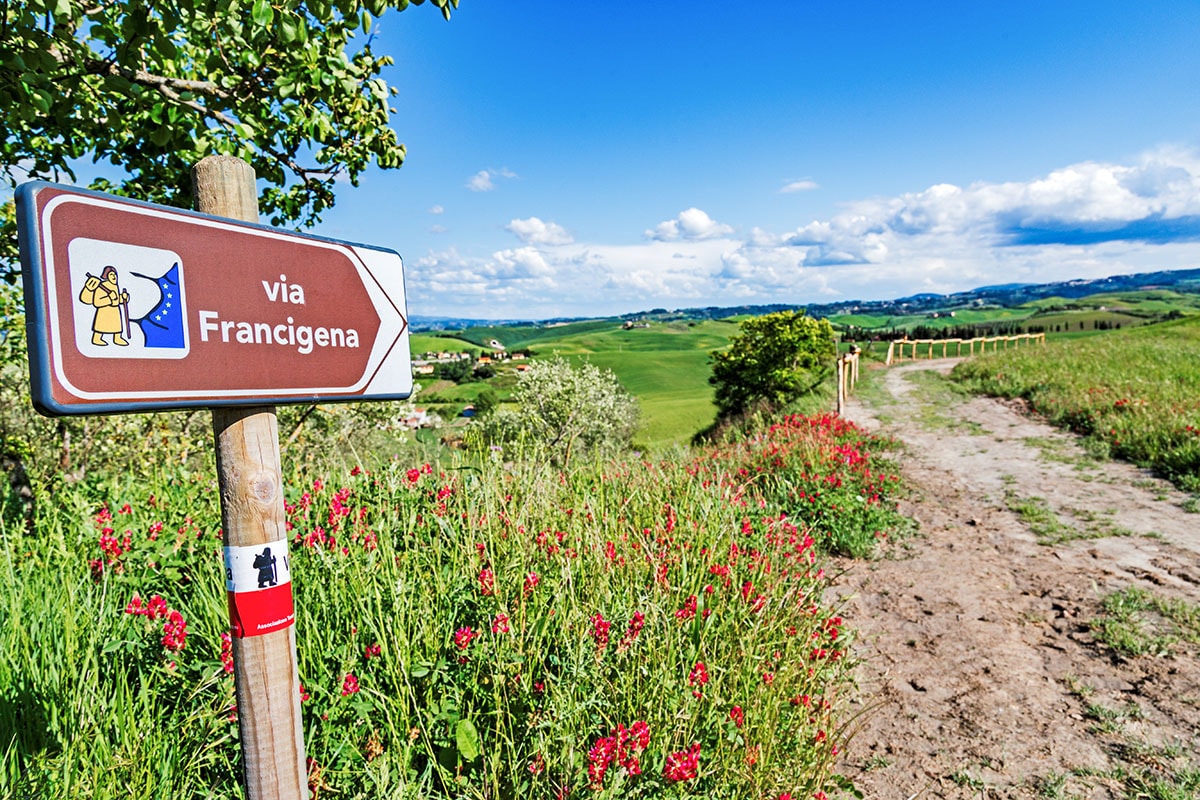
Via Litoranea, from Manfredonia to Bari
To continue on the Via Francigena , you then start again from Manfredonia where you will have to travel about 28 km to get to Zapponeta . From here, the whole route runs along the sea and you can enjoy a breathtaking view. You will arrive in Margherita di Savoia after 20 km, known until 1879 as Saline di Barletta . The historic name derives from the local salt pans and their use, but was later changed to Margherita di Savoia in honor of the First Queen of Italy . Going further south you will come across, in order, Barletta, Trani and Bisceglie .
To end the via Litoranea you will also have to pass through Molfetta and Giovinazzo , after the latter town you will have 21 kilometers to go to reach the regional capital : Bari .
What to see in Bari
The Apulian capital , also known for being the seat of the relics of San Nicola , is a town to visit in one go. Characterized by a typically Mediterranean climate , it overlooks the Adriatic Sea and offers a series of attractions and beauties that are impossible not to visit. So what to see in Bari ?
· Basilica of San Nicola : located in the heart of the old city of Bari, it is also just a few steps from the sea. Right here, the relics of San Nicola are kept : the story goes that they were brought to the Basilica by sixty-two sailors from Bari on 9 May 1087 . The two main European religions coexist within the sacred Church : Christian and Orthodox . It also seems that the so-called Miraculous Column is built in the crypt , legend has it that if an unaccompanied woman rotates around the building three times, she will soon find a groom.
· Bari Vecchia : clothes hanging and the scents of the typical local cuisine, the historic center of the city is a real dive into the past. The most admired alley is via Arcobasso , where the old ladies are busy preparing the typical Apulian orecchiette , but also other types of handmade pasta.
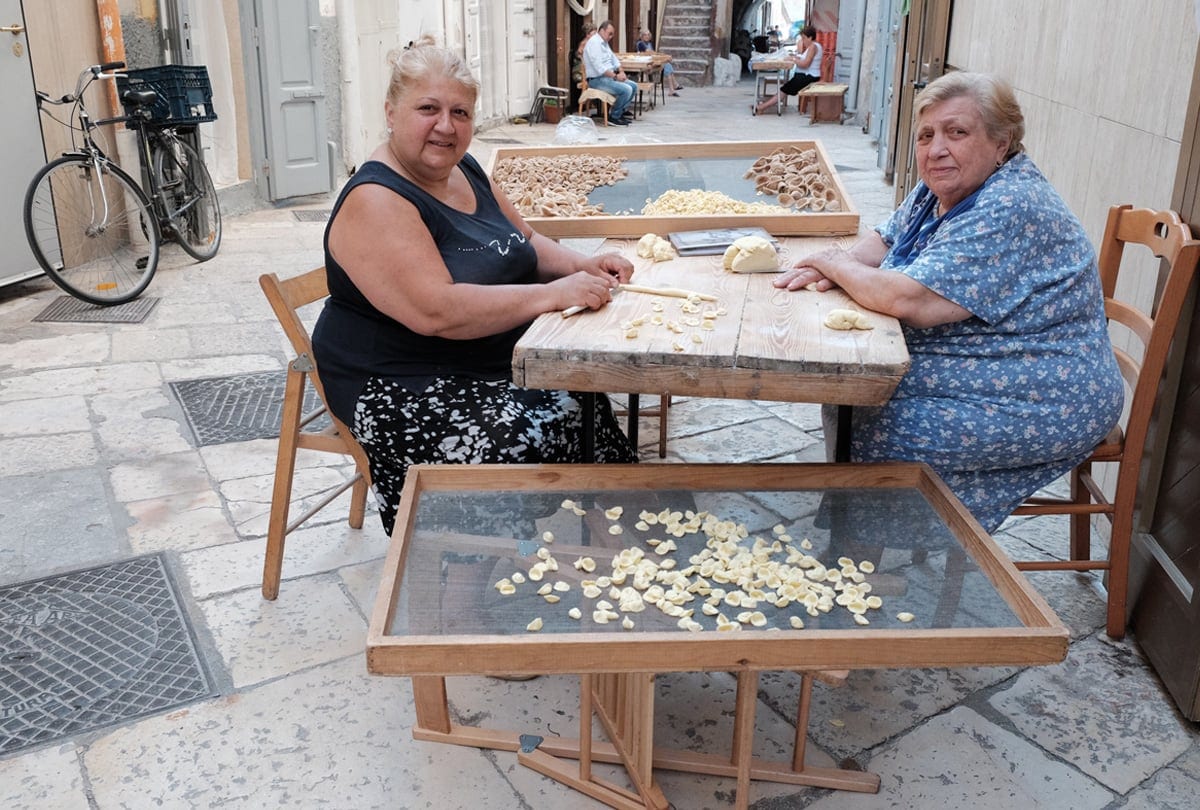
· Norman-Swabian Castle : with an irregular structure, you can admire it between the old area and the sea. It was built by the Normans and, following its destruction, it was rebuilt by Frederick II. Even today it is possible to visit it inside and admire the Renaissance atmosphere .
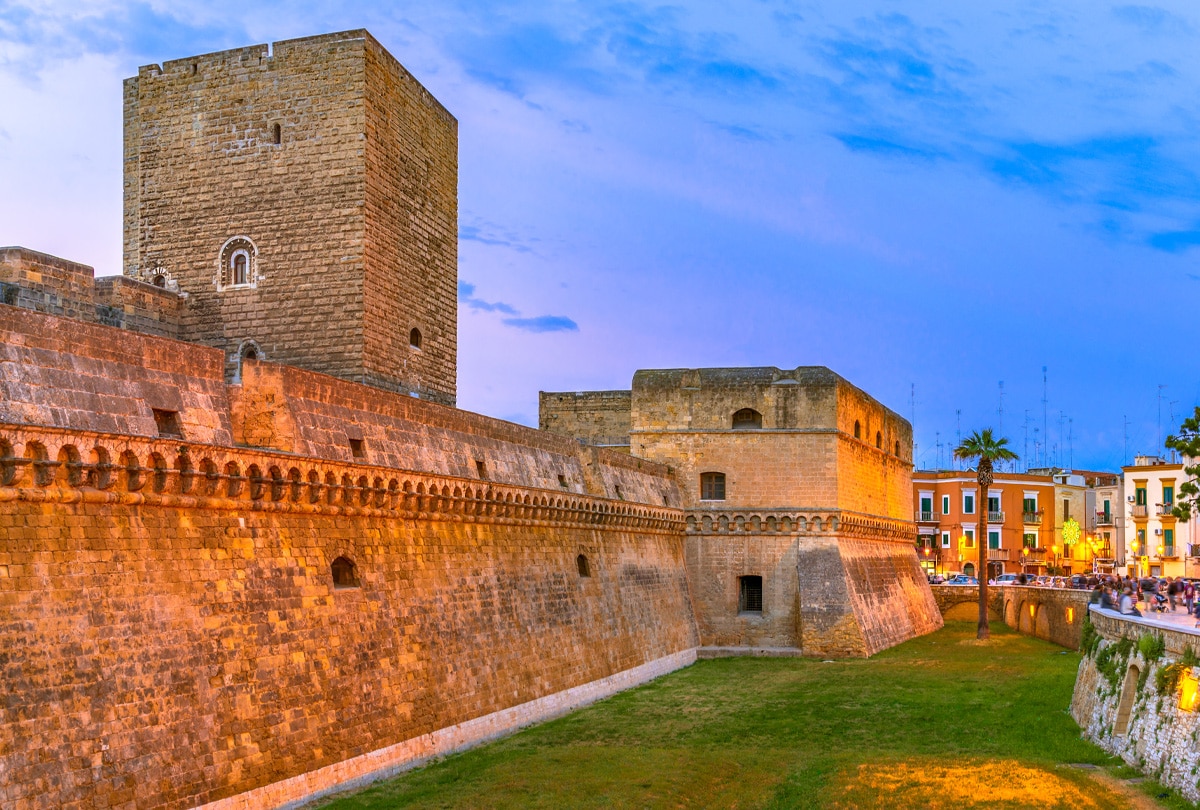
· Corso Vittorio Emanuele: not only art and history, in Bari you can also enjoy an evening of nightlife. The central road of the historic course is Via Vittorio Emanuele, bordered by large palm trees and hosting many places open both for lunch and at night.
· Piazza Mercantile : in medieval times it was the nerve center of trade. Around it are the Palazzo del Sedile, the seat of the Council of Nobles and Primary Heads and the famous Column of Justice , nicknamed by the people of Bari the "infamous column" .
If you can't wait to leave for the Via Francigena and all its wonders, discover our offers now and prepare your backpack for this new adventure!